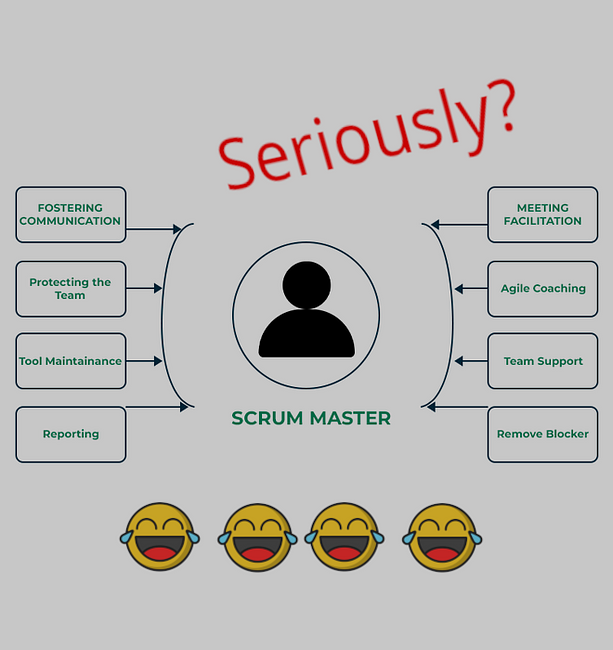
Leadership
Tuesday, March 04, 2025
Stakeholders – improving your power and impact
What can a stakeholder matrix or Mendelow matrix do for you day-by-day? In this article, I will explain how you can use it to give you a bigger power of persuasion and improve your communication plan, bringing more power to your company and generating a major impact in your deliveries.
But first, I will raise a point that is always controversial: everything is politics.
“A wise prince should follow similar methods and never remain idle in peaceful times, but industriously make good use of them.”
The Prince, Niccolò Machiavelli
Politics have always existed, exist, and will exist in all places, and companies aren’t different. Dealing with politics and having relationships with several areas is crucial (maybe the most important) to the success of your venture, whatever the dimension. That said, I will start speaking about the identification of the stakeholders involved, direct or indirect, in our effort.
Identifying the stakeholders
In this part of the process, we aim to identify all (at least the most important) stakeholders and/or groups. The idea here is to do research about all the groups or people that could impact positively or negatively our project, program, or product. Below, I will leave the groups or people that, in general, have the biggest impact on our initiative compared to the others.
- Sponsor
- Steering Committee
- PMO
- Project Manager
- Technical team
- Financial area
- Customers
- Potential customers
- Suppliers
- Regulatory entities

Having a vision and understanding of these groups is a good point of start regarding the impact that each group is going to have on our initiative, as the same initiative will impact these groups. Remember that the impact is always a two-way street, from the initiative to the stakeholders and from the stakeholders to the initiative.
After this initial identification, we can go to our analysis:
Stakeholder analysis
The stakeholder analysis consists of classifying each group or person according to its requirements, expectations, and influence. The validation and classification are done by interviews, surveys, and historical data provided, whether market or by the company. I wrote an article about market analysis, which can be used in the stakeholders’ context: “How to create a market analysis and avoid surprises in your product launch.”
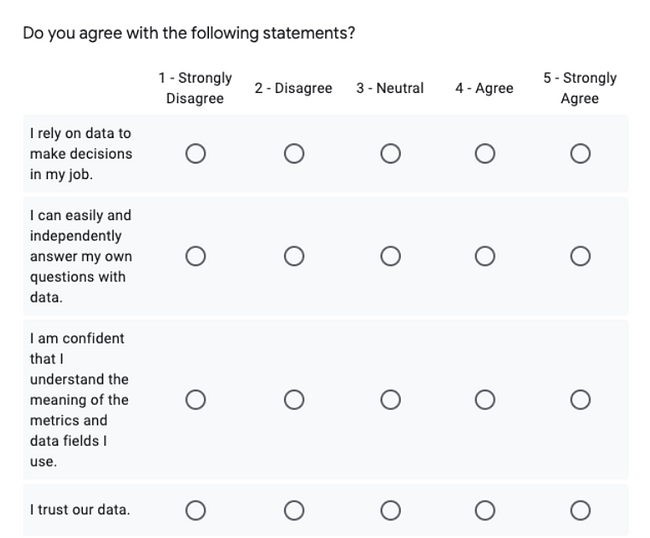
From the information collected by the above processes, we can classify our stakeholders and define their priorities, considering their influence on our initiative, whether negative or positive. Here, I will explain a little bit about the stakeholder matrix (Mendelow matrix):
Stakeholder matrix
On this matrix, we use the x-axis to designate the interest, and the y-axis to designate power. Defining 4 different quadrants:
- 1st quadrant: little interest, much power
- 2nd quadrant: much interest, much power
- 3rd quadrant: little interest, little power
- 4th quadrant: much interest, little power

Putting our stakeholders in each quadrant, we have an understanding of the interest of each one of them in our initiative, thinking already about how we will maintain the engagement. Ex:
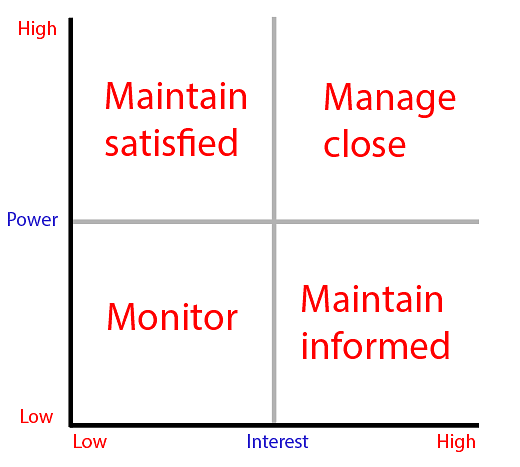
Communication plan
From the moment that we have our analysis, we go back to our initial list. The purpose is to add new information about each stakeholder, like the position in the company, influence, level of power, support, etc. The image below shows a more complete list of our stakeholders.

From this list, it is worth thinking about three significant information:
- How will I inform what is happening?
- How will I convince, if necessary?
- How will I maintain them engaged?
How will I inform what is happening?
The first is easy, choosing the channels through which we will inform each quadrant (here, I am speaking of the stakeholder matrix), which information we will make available and why. The reason is that little information will take away the engagement, and too much information won’t be comprehensive. A simple list that I use is:
- Executives: percentage of the progress, milestones reached, and the biggest probability x impact risks
- Managers: percentage of the progress, milestones reached, impacts of the initiative in another company’s places, and all the risks involved
- Technicians: next activities, the roadmap guide, negotiations with executives, and possible changes
- Customers and potential customers: milestones delivered, and new functionalities created
- Suppliers: percentage of the progress and estimates of when I am going to need them to work
Here, I will leave a piece of the first letter of Saint Paul to the Corinthians, which illustrates well my perspective regarding the information available:
“All things are lawful for me, but not all things are helpful.”
1 Corinthians 6:12
And what’s the reason for all this effort? To clearly understand who the people that can help are, those that can get in the way, and those that simply are impacted by the development of our initiative. Finally, as I mentioned at the beginning of this article, everything is politics.
“He who strives to resolve difficulties resolves them before they arise. He who overcomes his enemies, triumphs before his threats are realized.”
Sun Tzu – The Art of War
Regarding the following point: how will I convince, if necessary, and how will I maintain them engaged, I will go further in questions like perception and politics.
How to earn power and be terribly convincing
As mentioned before, I will speak a bit more about perception, politics, and, by politics, I mean how people work day-by-day. Here, I will use as the starting point the Maslow’s pyramid, where I can link the actions of my stakeholders according to the expectations and fears.
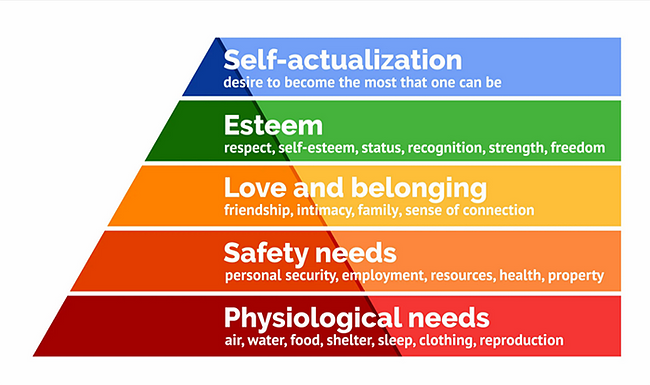
Beyond the pyramid that I use frequently, I will put here a simplified list of how I deal with each of its points:
Physiological and safety
We are at the base of the pyramid, which means survival. Here, there are all the stakeholders that will be impacted by their jobs, the reduction of their teams, or even the scope of their work. The effort here is putting out the fire, explaining what the positive impact will be on the company, and helping them to reposition themselves. Sometimes, the creation of another project, which will relocate their activities and keep them employed, can be a good point of starting to engage.
“Men sooner forget the death of their father than the loss of their patrimony.”
The Prince - Niccolò Machiavelli
Self-esteem and self-actualization
At this point, there are all the stakeholders who will gain something from the initiative. Here, I will enter into a very delicate matter regarding the art of convincing: whether the initiative will impact positively financially speaking or will impact on the respect of the others. Which in the future means financial gains. And when I say money, I mean the salaries and profit sharings.
“For whenever men are not obliged to fight from necessity, they fight from ambition.”
The Prince - Niccolò Machiavelli
At least, I will enter on risk management and problem-solving. My understanding is that every human iteration is subject to risks, and to map and manage them, I use the following tools:
- Cause and effect diagram
- The 5 whys

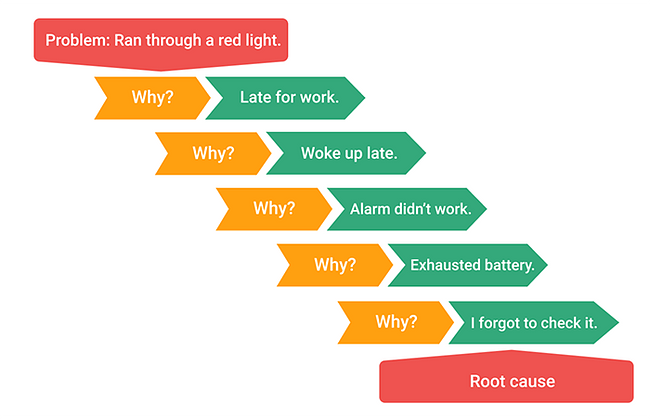
However, I will let this matter to another article: “How to find the problems that are delaying my project.”
I arrive at the end of this article. Here you have learned how I use the tools to identify, analyze, and plan the stakeholders’ engagement. I let some tips about how to earn more power and improve the decision-making.
Do you want to continue this talk? Do you agree with my methods and tools? Give a like to the article, comment on LinkedIn, or share it on your social media.
See you soon!
Erik Scaranello


